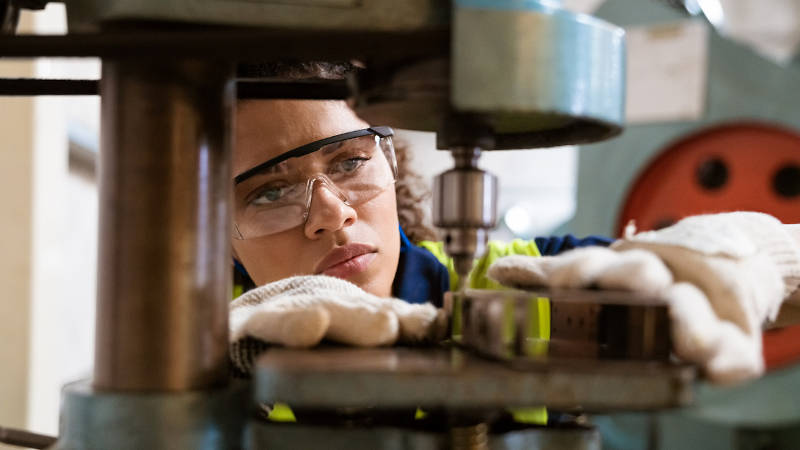
Metal fabrication is a broad term that encompasses many different processes. In this article, we will provide a brief overview of some of the various processes used in metal fabrication so that you can get a better idea of what is involved, and a better sense of what processes might be required for your application.
● Forging – Forging is a metal fabrication process that involves using forced compression to shape the metal. It may also involve folding metal over itself to produce layers that make the finished piece stronger—for example, many knife blades are made of folded layers of carbon and steel.
● Casting – Casting involves pouring molten metal into a mold to achieve the desired shape. This method of metal fabrication is often considered the best option, as the same mold can be used again and again.
● Drawing – In this method of metal fabrication, metal is pulled into tapered dies using tensile strength. Drawing is also used to make wire—the metal is pulled through a series of smaller holes until the desired gauge is achieved.
● Forming – When metal fabrication experts talk about forming metal, what they mean is that they are bending the metal to the desired shape. This is most often done with a break press.
● Machining – Machining is a subtractive process of metal fabrication, which means that metal is taken away from the finished piece. It is used to create things like gears, keys, and other intricate components.
● Welding – In welding, two or more pieces of metal are joined together by partially melting the metal with a torch, then sealing the edges together so that they create a firm seal.






